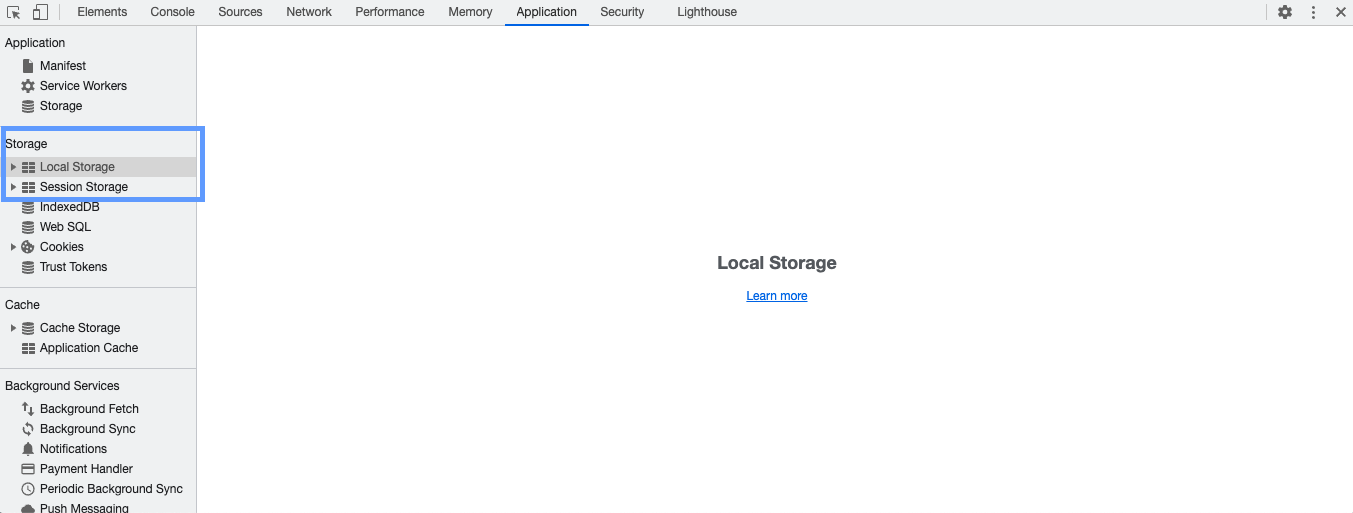
Web Storage Hacks - Monkey Patching localStorage and sessionStorage for Insight
Introduction
In the world of web development, effective debugging and data tracking are essential skills. When working with client-side data storage, such as localStorage and sessionStorage, understanding what’s happening under the hood can be a game-changer.
Enter monkey patching, a powerful technique that allows you to enhance and modify the behavior of built-in JavaScript objects without altering their source code. In this guide, we’ll delve into the art of monkey patching and explore how it can be used to gain deeper insights into the data stored in your web applications. By the end of this post, you’ll have a valuable tool in your web development arsenal to ensure smoother, more secure, and more transparent data management.
Let’s get started!
Monkey Patching Demystified
Before we dive into the practical aspects of monkey patching localStorage and sessionStorage, let’s briefly demystify what monkey patching is and how it works.
Monkey patching is a technique that allows you to modify or extend existing code at runtime without altering the original source code. In our case, we want to extend the behavior of the setItem method in localStorage and sessionStorage to include custom logging.
Here’s a breakdown of the key steps in the code we’ll be using:
<script>
(function () {
const _setItemStorage = Storage.prototype.setItem;
Storage.prototype.setItem = function (key, value) {
if (this === window.localStorage) {
console.log("local storage key: " + key + " value: " + value);
} else if (this === window.sessionStorage) {
console.log("session storage key: " + key + " value: " + value);
}
return _setItemStorage.apply(this, arguments);
}
})();
</script>
In this code, we save the original setItem method in _setItemStorage to preserve the original functionality. We override the setItem method of the Storage prototype. Inside the overridden setItem method, we check whether the storage being used is localStorage or sessionStorage and log the key-value pairs accordingly. Finally, we call the original _setItemStorage method with the provided arguments, preserving the original behavior of setting the key-value pair in the storage.
With this basic understanding of monkey patching, let’s move on to how you can use it to enhance your web storage.
Enhancing localStorage and sessionStorage
One of the common use cases for monkey patching localStorage and sessionStorage is to add custom logging. This can be immensely helpful during development and debugging to track what data is being stored and when. In our code snippet, we’ve added simple logging statements that display the key and value being set in the storage. This level of transparency can be invaluable when you’re dealing with complex web applications.
Customizing for Your Needs
The provided code is a starting point, but you can customize it to meet your specific requirements. For example, you might want to log data to a remote server or perform additional checks before storing data. Monkey patching gives you the flexibility to tailor the behavior to your needs.
Conclusion
Monkey patching localStorage and sessionStorage can significantly improve your development workflow by providing greater visibility into data storage. With custom logging in place, you’ll be better equipped to diagnose issues, track data changes, and ensure the security of your web applications. However, keep in mind that monkey patching should be used judiciously. Overuse can lead to code that’s difficult to maintain. Use it when it adds clear value to your development process and consider alternative approaches for more extensive modifications.
Incorporate this technique into your toolkit and explore the possibilities of monkey patching for enhancing other parts of your web applications.
Happy coding!